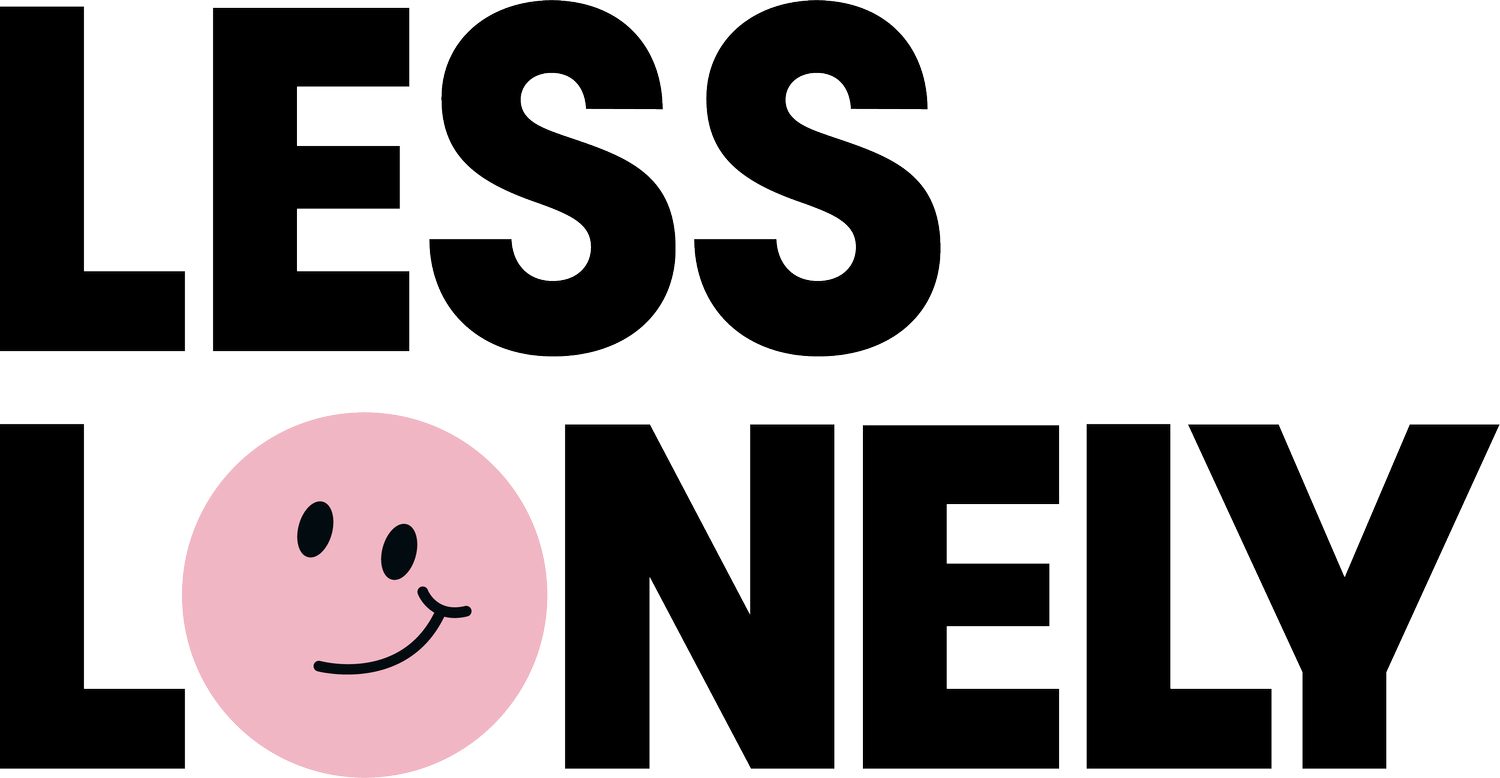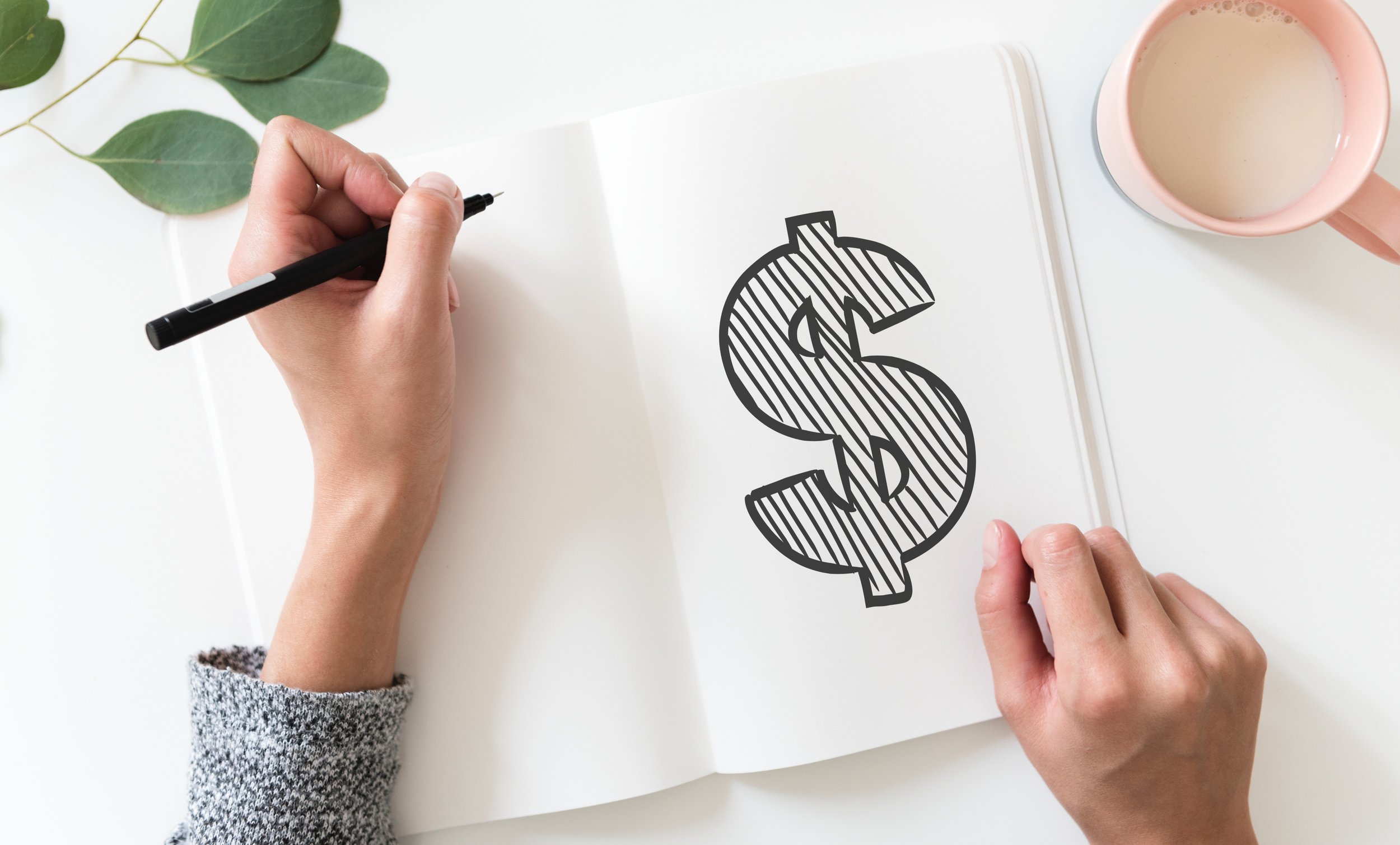5 Easy Steps to Help You Start Saving Money Today
I'm absolutely allergic to the word "budget". However, I've realized that sticking to a budget is far easier than actually sitting down to create a budget. I'd like to think that I've low key began transforming into at least a semi responsible adult over the last few years. And now that I'm my own boss and no longer have a 9-5 to support my side hustle(s), I'm learning how imperative it is to spend smarter.
Out of all the adult things I've had to figure out on my own, curbing my spending has by far been the hardest. The great philosopher of our time Carrie Bradshaw once said, "I like my money where I can see it — hanging in my closet." I've had to learn the hard way that a fictional socialite who once explained she bought Vogue instead of dinner "because it fed me more" isn't the wisest decision if you intend on ever having a savings.
While I know I have no future as a financial advisor, I've opted to make some baby steps towards creating a budget strategy that I'll be able to stick to. I'm definitely not saying I'll never go impulse shopping again, but have committed to stay cognizant of where my money is going. The result has become a more sane approach to my finances and a much healthier savings account (that's ultimately allowed me to leave my 9 to 5 and pursue self-employment).
Ariel Anderson Fortunato, a certified financial planner at the Society of Grownups. says, "The first question you should really ask yourself is: 'What do you want out of your financial future?' Having this mentality can be more motivating than a goal that’s as lofty as, I just want to save more money, and with that in mind, you can start to think about what you're budgeting for."
Here are Ariel's tips for budgeting with intention and purpose:
1. AUDIT YOURSELF
If your budget issue has to do with accidental overspending, you need to get a clearer picture of what is coming into your account each month, and what is going out.
"It can be eye opening to see where your dollars are really going. Many of us maybe feel like we’re making good money, but we’re surprised there’s not enough left over at the end of the month." #GUILTY
Use a financial service like Mint, a savings or tracking app, or print out and go through your card statements to see what you truly do with your money. You can only spend in a fugue state for so long before going broke.
Once you pick a system that works for you, Fortunato advises tracking your spending for at least three months to get an idea of your habits, on average.
"Maybe it’s the summer and if you track for one month, you’ve got a friend’s wedding," she explains. "Your rent and your car payment will be the same, but you really want to hone in on those discretionary expenses — even things like groceries. That’s a need, but it might change based on whether you’re away or have a bunch of dinners out planned."
2. MAKE YOUR GOALS YOUR MISSION
Once you have a consistent average of spending, look at what wiggle room you have — or not.
"If you’re in the negative or there’s not enough to save toward the things you’ve identified as being important, check in with yourself and think about if there things you can change or that you're willing to cut back on in order to make room for these other goals that are important to you."
Are there bills you can renegotiate? Subscriptions you can cancel? Memberships you can find less-expensive alternates for? Determining what you want to keep and what you want to pass on will help as you craft your budget.
3. CREATE GUIDELINES
Have you heard of the 50/30/20 Rule? Just like it sounds, the 50/30/20 rule is a percentage-based framework that determines how much of your take-home pay goes into three main categories: needs, wants, and goals. Roughly 50% of your post-tax income should go toward essentials — the money you need to keep a roof over your head, food on table, and keep the lights on, Fortunato says, clarifying that sometimes needs vary by person.
"I've met people who absolutely consider their gym membership to be a need because it's their outlet, their sanity," she explains. "That's totally up to you, but you have to consider the expenses that you're always, absolutely going to pay."
Next, 30% of your take-home income should be allocated toward wants — your "fun money."
"Make sure you leave room in your budget for going out to dinners, having social engagements, going to a sporting event, whatever it is that speaks to you," Fortunato adds. "If you're super [restrictive] and don't make room for these fun things, what are you working so hard for? You're not even enjoying your money." Not to mention, you may end up rebelling against yourself and spending money you don't have on impulse.
Finally, goals and priorities make up the final 20%. Go back to the short- and long-term goals you identified before getting into the nitty-gritty numbers, and start to consider how you can strategically start to save to make them happen.
If you have an employer-sponsored retirement plan such as a 401(k) or a 403(b), you might not want to count that as part of your 20% savings. Again, the 50/30/20 rule is about divvying up the money that actually hits your bank account — not gross pay before taxes and deductions.
"If you’re a freelancer or you don’t have access to employer plans and you need to start thinking strategically about retirement, you can absolutely think about factoring that into your [20]% — maybe an IRA contribution or setting up an employer plan for yourself, like a solo 401k," Fortunato suggests. "But for the most part, in the most common situation where you're contributing pre-tax to a 401(k) or a 403(b), think of it as separate."
4. PAY YOURSELF FIRST
Some people love spreadsheets, systems, rules, and regulations, while others prefer an organized version of winging it. If the 50/30/20 is more effort than it's worth for you, take the parts you find most useful and get some savings out of it. Fortunato says that can involve making sure you get paid first.
Most people she knows or works with save in reverse — getting paid, paying off bills, spending on wants, and then saving any remainders last. She challenges people to do the opposite.
"You get paid, you run through all of the bills that are due this month, you select a certain amount of money that goes directly into a savings account, and then you spend what's left over."
Although it might feel bewildering at first, people whose main priority is to build up their savings might find this method is a good way of putting their money where their goal is. If you have $100 left after essentials and savings, you can do what you like with that remainder — save it further, pay down a bill, spend it on fun, without worrying if it's eating into another piece of the percentage pie.
5. KEEP THE MOMENTUM GOING
Sticking to a budget may not happen overnight. Stacy Francis, the president and CEO of Francis Financial, has a few tactics for ensuring that you don't give up at the first slip up:
1. "Make a shopping list and only purchase what’s on the list," she advises, "even if [something else you want] is on sale!"
2. "Check out books out from the library. Some libraries even have new release movies and CDs." This one might sound silly, but there are those things that you spend money on that you could afford to not to. For examople
3. "Buy a reusable, dishwasher-safe water bottle and refill it throughout the day with tap water," she says. "It’s less expensive than buying bottles of water and better for the environment." If you do not like the water in your area or it is unsafe to drink, go in with any roommates you might have, or save up for an inexpensive water filter.
4. "Leave your credit and debit cards at home," she suggests — and if you're overly friendly with things like ApplePay, try turning that off and sticking to cash.
5. "HALT!" Francis advises. "Never shop when you’re: Hungry, Angry, Lonely, or Tired. Sleep on [splurge items] and think about it overnight. You might realize that you do not really need it."




